In 1974, a group of London art students met after responding to an ad in the radical feminist magazine Red Rag with the simple idea of using art to combat negative and sexist imagery of women in the media. What became the See Red Women's Workshop soon developed into its own unique brand of empowering silk-screen posters and illustrations that boldly confronted themes of identity, sexuality, and women's liberation.
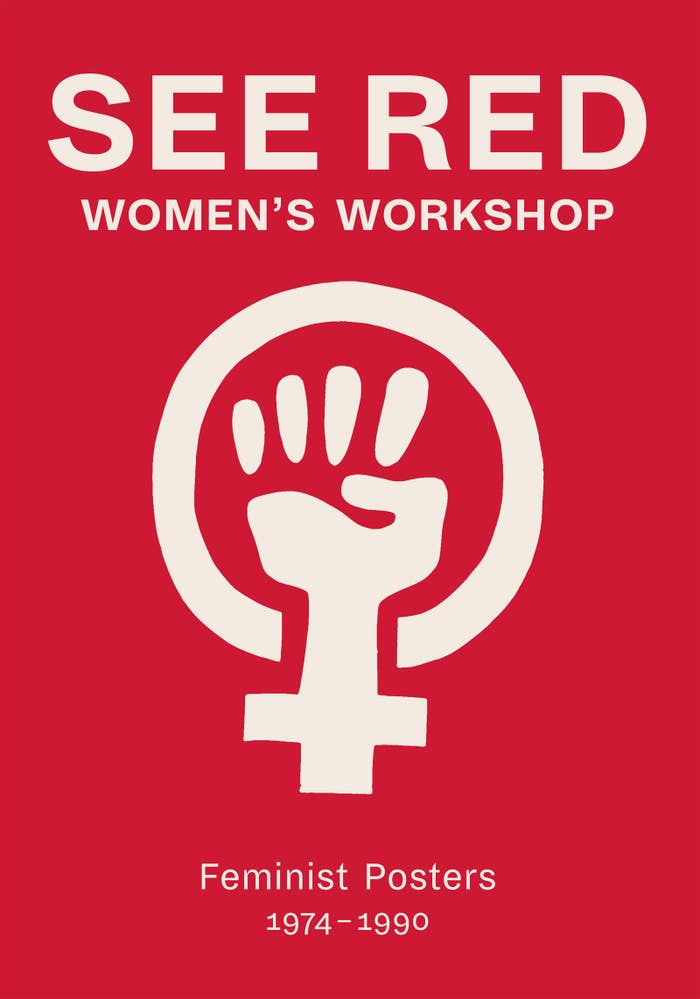
See Red Women's Workshop: Feminist Posters 1974-1990, a new book published by Four Corners Books, brings together their entire wide-ranging catalogue of powerful imagery produced during their 16 years as a progressive silk-screen studio. BuzzFeed News spoke with original members of the See Red Women's Workshop to discuss their new book, as well as their cultural impact on today's newest generation of feminists.
What exactly was the See Red Women's Workshop?
See Red Women's Workshop: The See Red Women's Workshop was a women’s collective founded in 1974 by young feminist artists who wanted to use their skills to produce silk-screened posters for the women’s liberation movement, as well as for community groups and others on request. We wanted to further the cause of the newly formed women’s liberation movement and provide propaganda for the women’s movement, a cause that we were personally affected by and that we felt passionately about: The personal is political!
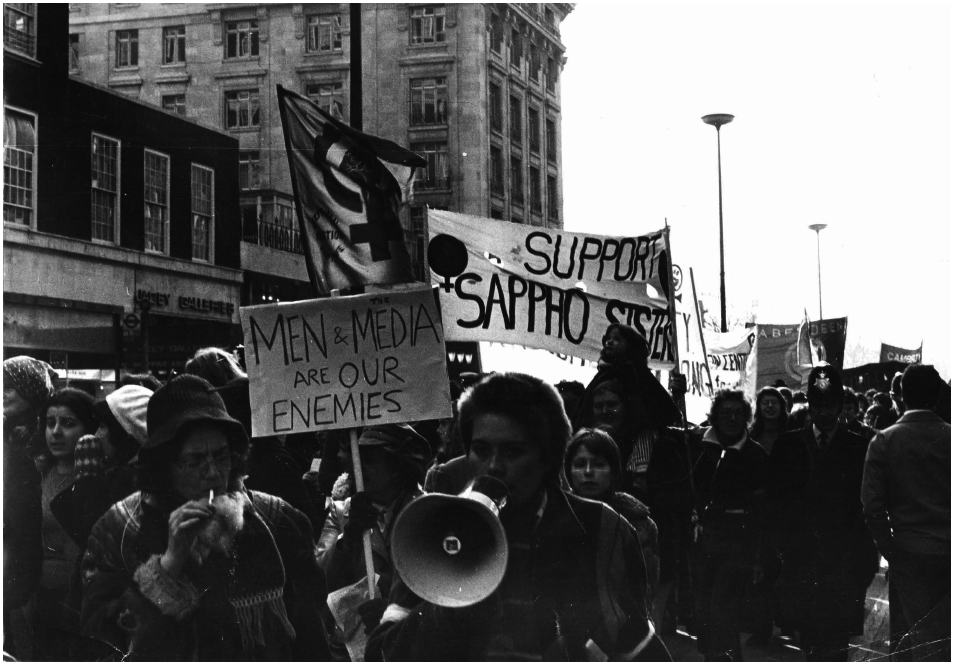
We wanted to make posters that were consciousness-raising, humorous, and eye-catching: If they were not accessible to all they were not serving their purpose. Posters were mostly produced in a small workshop in south London sent out by mail order nationally, through radical networks and bookshops and all over the world.
SRWW set out to subvert, challenge, and explore the stereotypical images of women and to question women’s role in society; to challenge the male art world from a collective angle; and to empower women by setting up a women’s collective and doing it for ourselves. We produced posters, calendars, fliers for fly posting, and cards ... and thought it would be good to have them all in one book. We wanted to share our experiences as women with others.
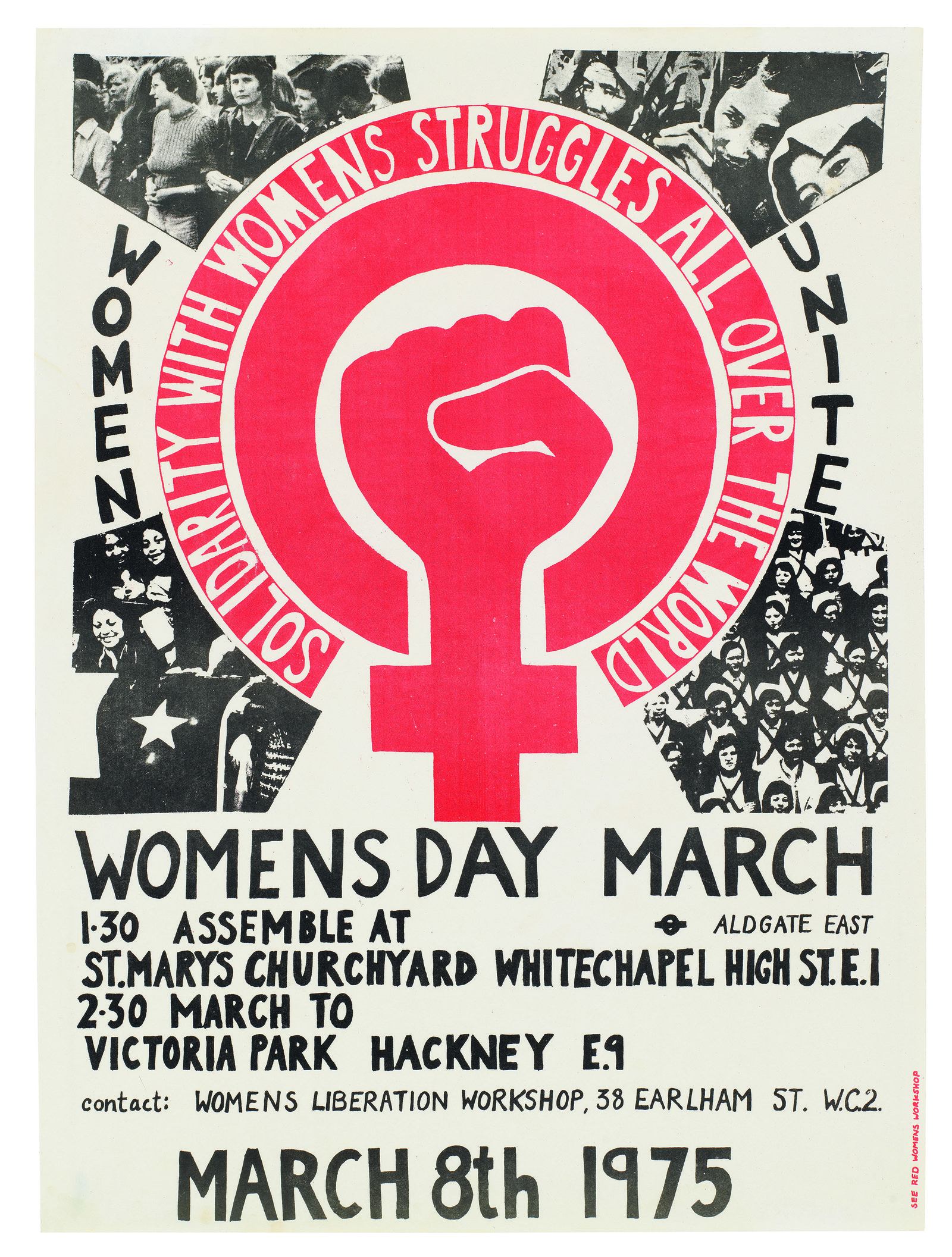
Can you explain the premise of the book, See Red Women's Workshop: Feminist Posters 1974-1990?

SRWW: The publication of this book is reflective of the resurgence of interest in See Red Women’s Workshop posters, in feminism and in people’s protest: This is what encouraged us to do the book. It contains all the posters, fliers, and material that we produced over 26 years. It also has a short outline of how the collective evolved with photographs and contemporary ephemera.
Developing the book was a long process — the book was two years in production and we first had to find and collect all our work. We had to search for posters that had been collecting dust under our beds! Though around 40 different women worked in the collective from 1974 — 1990, four collective members came together to write the text and we had to ensure that we truly represented all the work we all did and the women who worked with us.
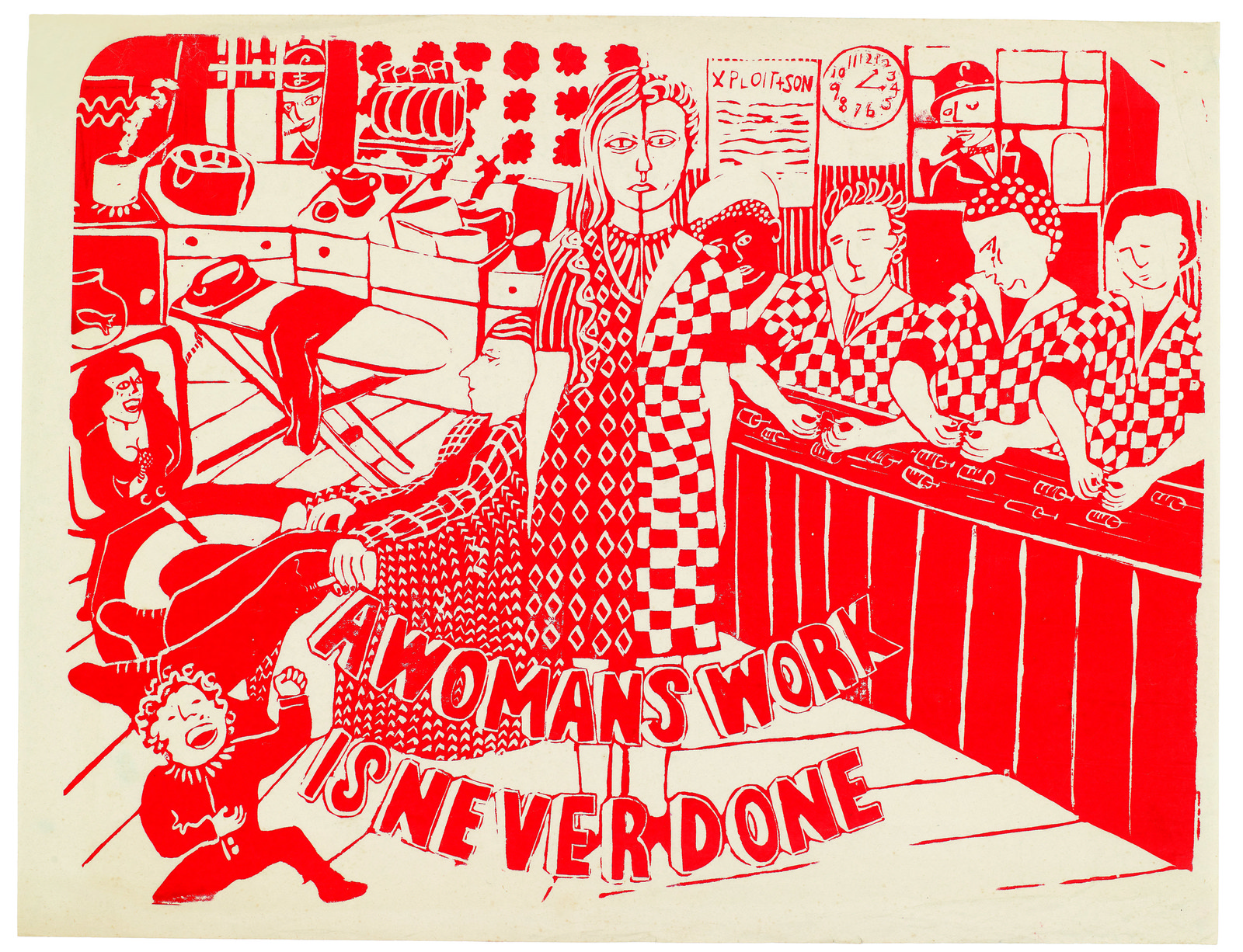
In what ways are these posters culturally relevant in this day and age?
SRWW: The posters still seem able to speak to different generations, although it indicates, as if we were in any doubt, that the struggle for women’s freedom and equality is far from won. We have been invited to put our collections in several prestigious archives — the V&A, the Tate, the Women's Library. However, it is even more inspiring to us today to see that many young people are once again taking up challenges and issues that matter to them — young women, young black people, young artists collectives, young refugee people, young LGBT people.
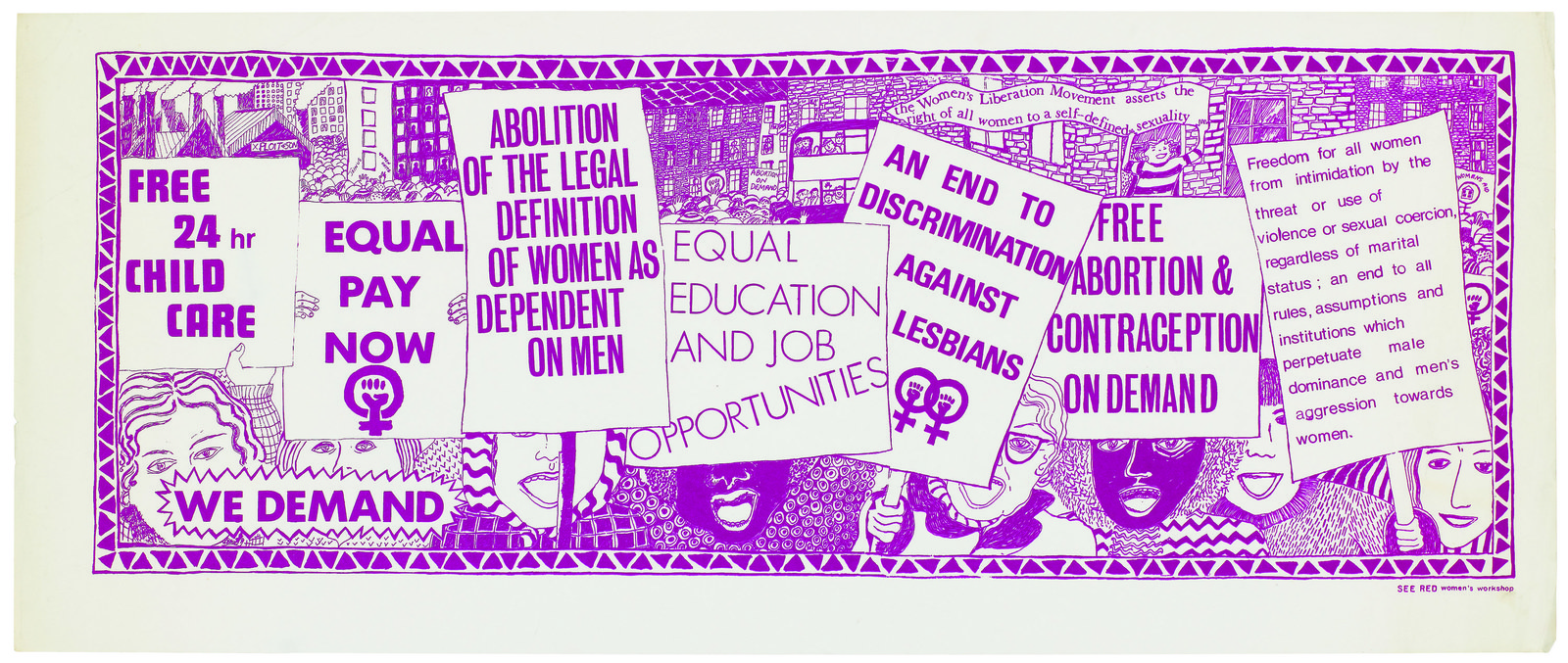
"We wanted to make posters that were consciousness-raising, humorous, and eye-catching: If they were not accessible to all they were not serving their purpose."
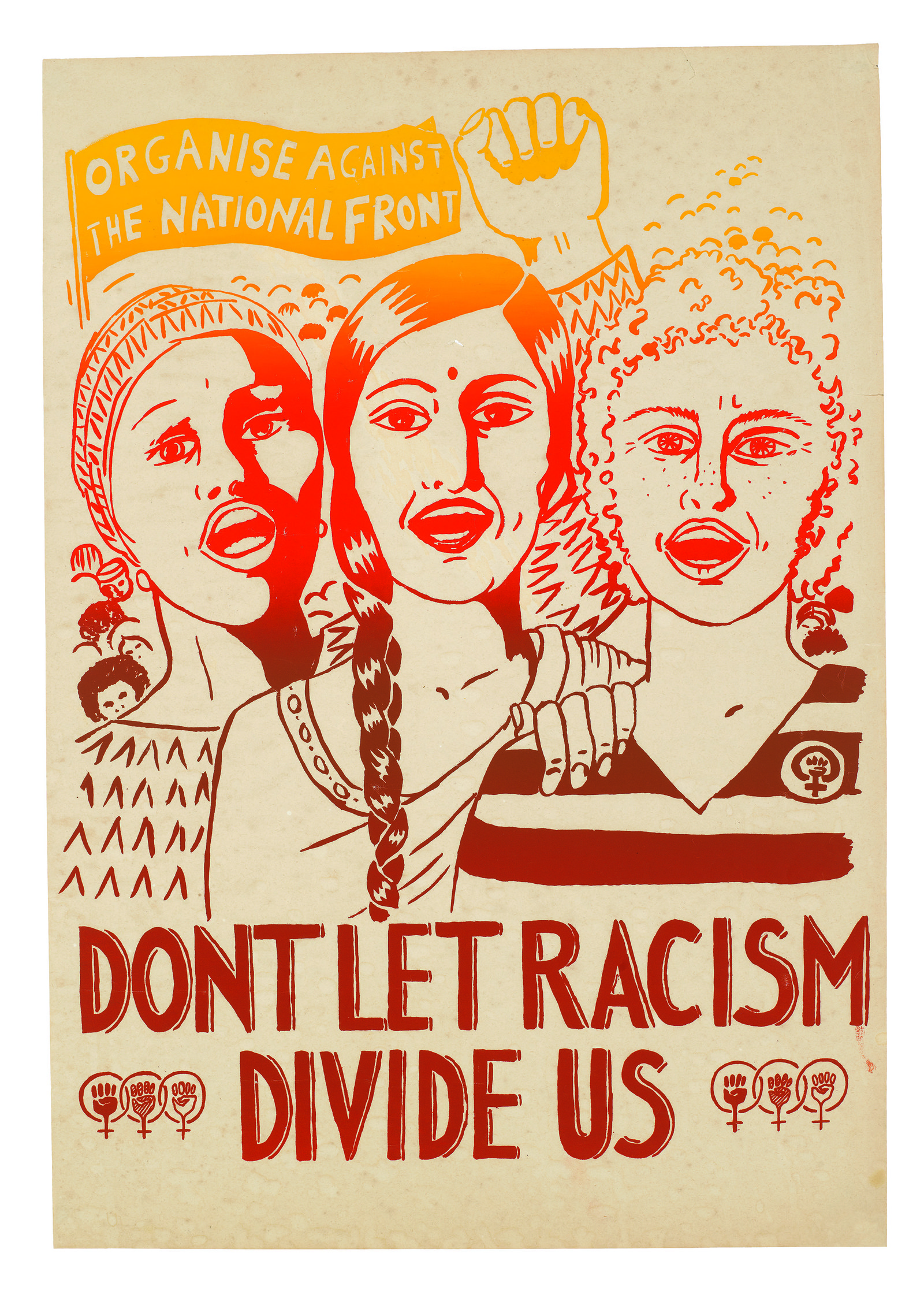
How does the feminism of those decades differ from the feminism seen today?
SRWW: Many strands continue to be relevant, but we can acknowledge that some things really did change because of 1960s-80s "second wave" feminism. For example, many feminist ideas about equality have become part and parcel of the curriculum in many educational contexts and also, of course, in employments rights. For girls and young women today, there is much less sense within many societies that girls just have to get married, operate in a limited domestic setting, and not get a job or have a career — those ideas were still prevalent in the 1970s.
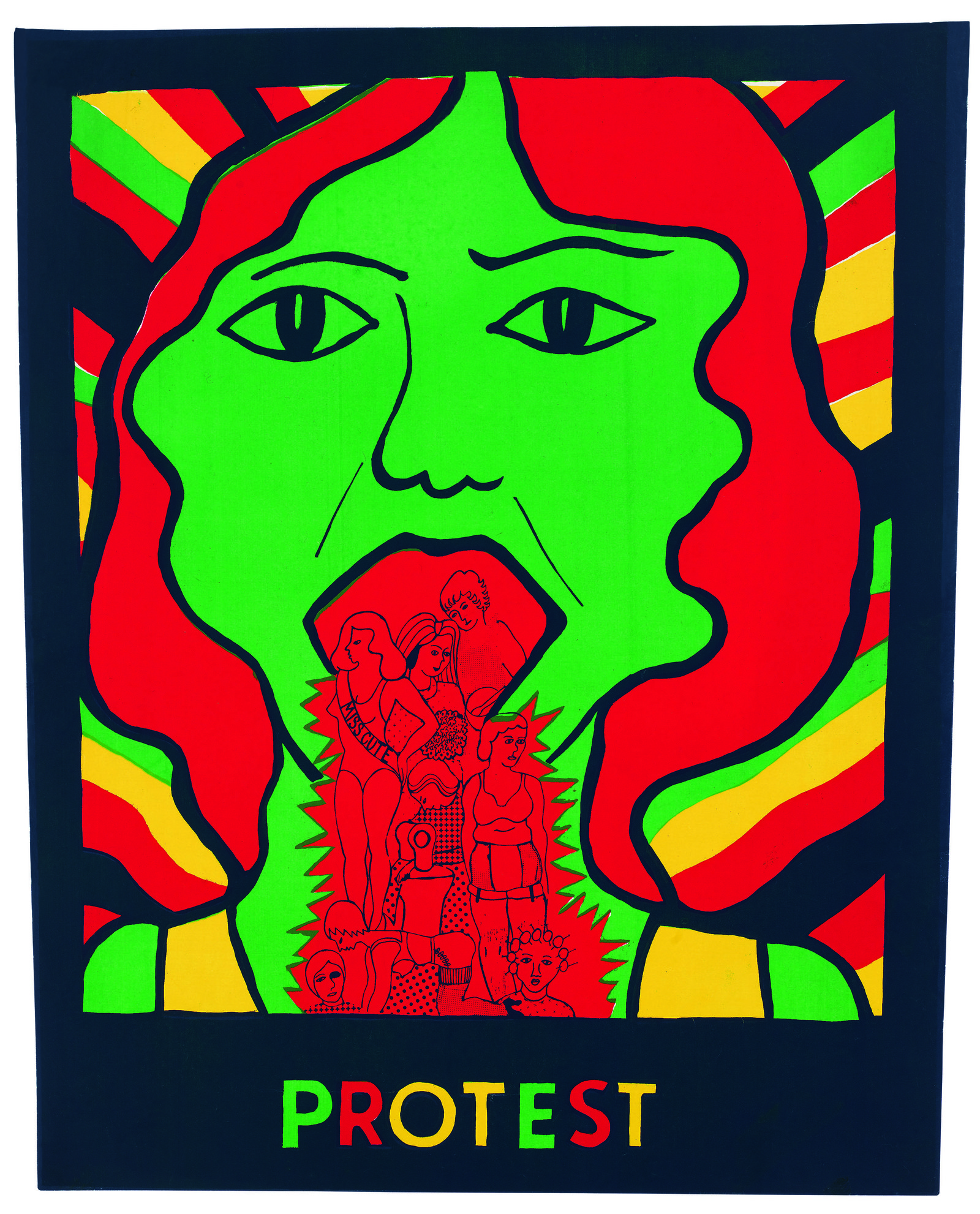
Also, attitudes amongst generations of young men growing up through this time have shifted to an extent. Sadly some rights around reproduction and sexuality are now under threat again — especially with the new US administration. On the other hand, many of the gains tended to benefit white, western middle class women much more than others and the current picture is hard to summarize as the feminism of more women in the boardroom is a long way from street activism.
Current political activists have "intersectionality" high on the agenda. We think See Red were addressing this through collective work and in the posters without calling it that — so, recognizing class, race, and so on and not just a homogenous white feminism.
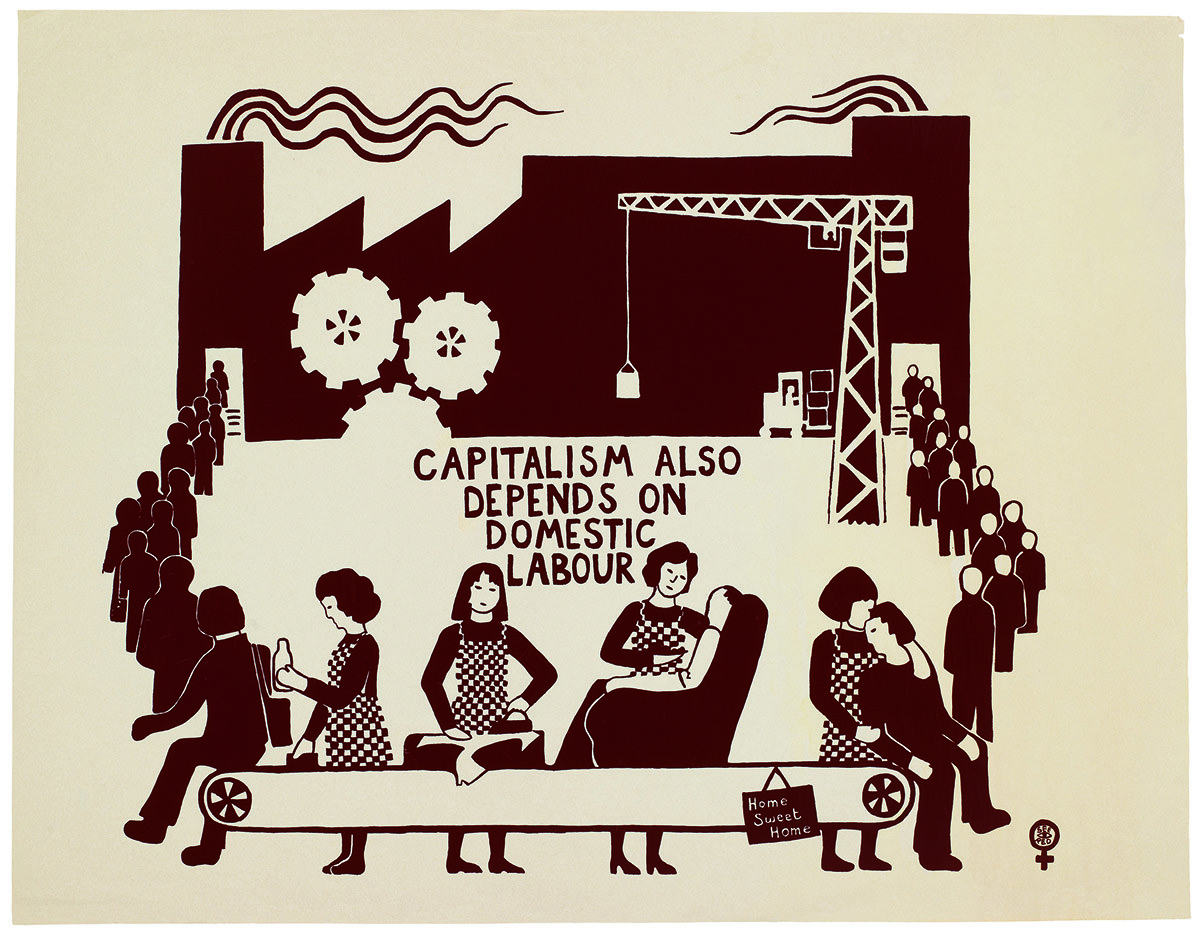
"The posters still seem able to speak to different generations, although it indicates, as if we were in any doubt, that the struggle for women’s freedom and equality is far from won."
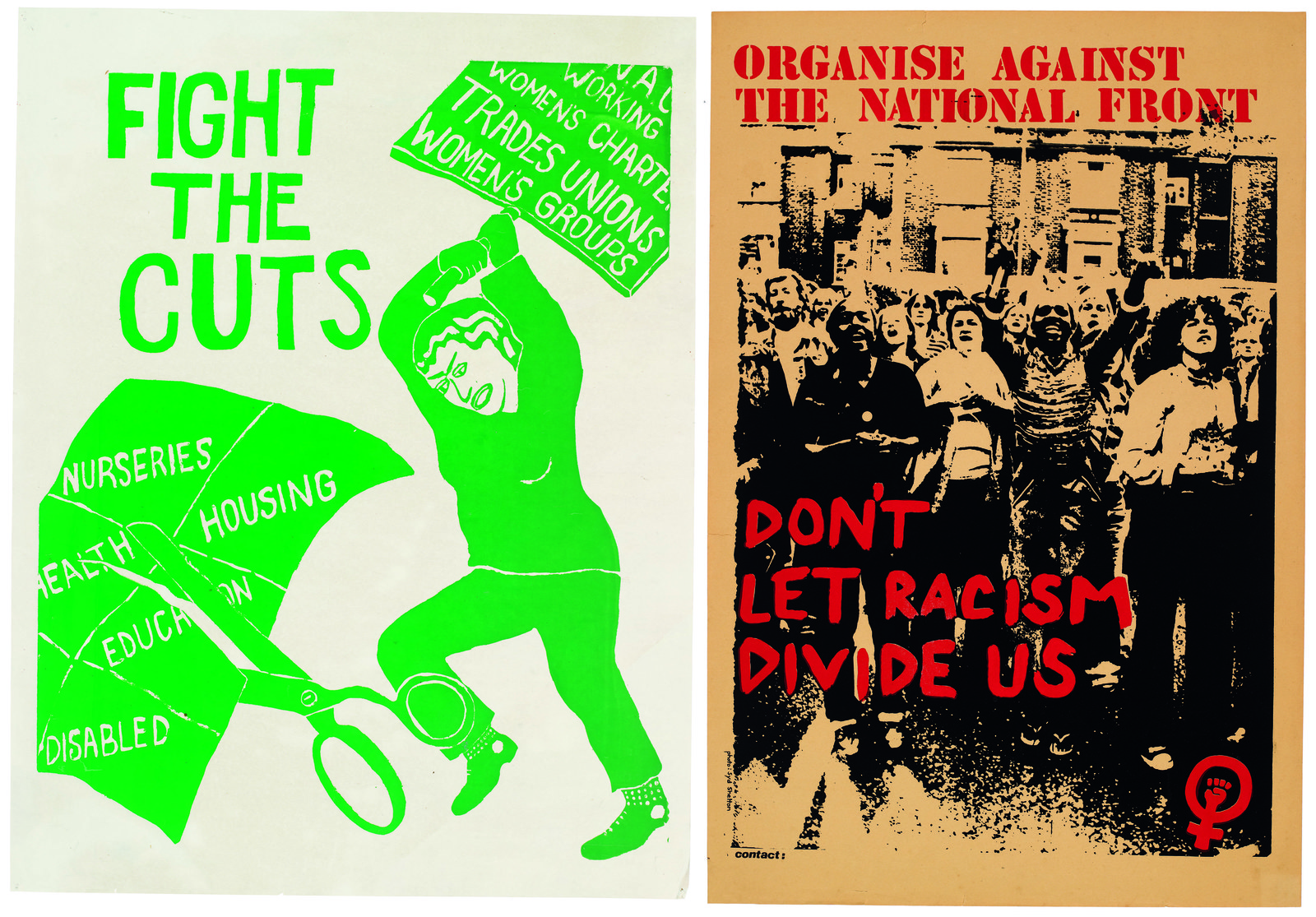
In retrospect, was there any aspect of history that you took away from the completed book that you didn't expect?
SRWW: Perhaps just reflecting how collective practice is still so very relevant and how powerful those images still are as a result of this way of working. Also, the interest from new generations of activists and feminists who are working within some institutions (museums, art schools, etc.) which would not have wanted to recognize SRWW at the time at all! So, it is very interesting to see how that aspect of the picture has changed.
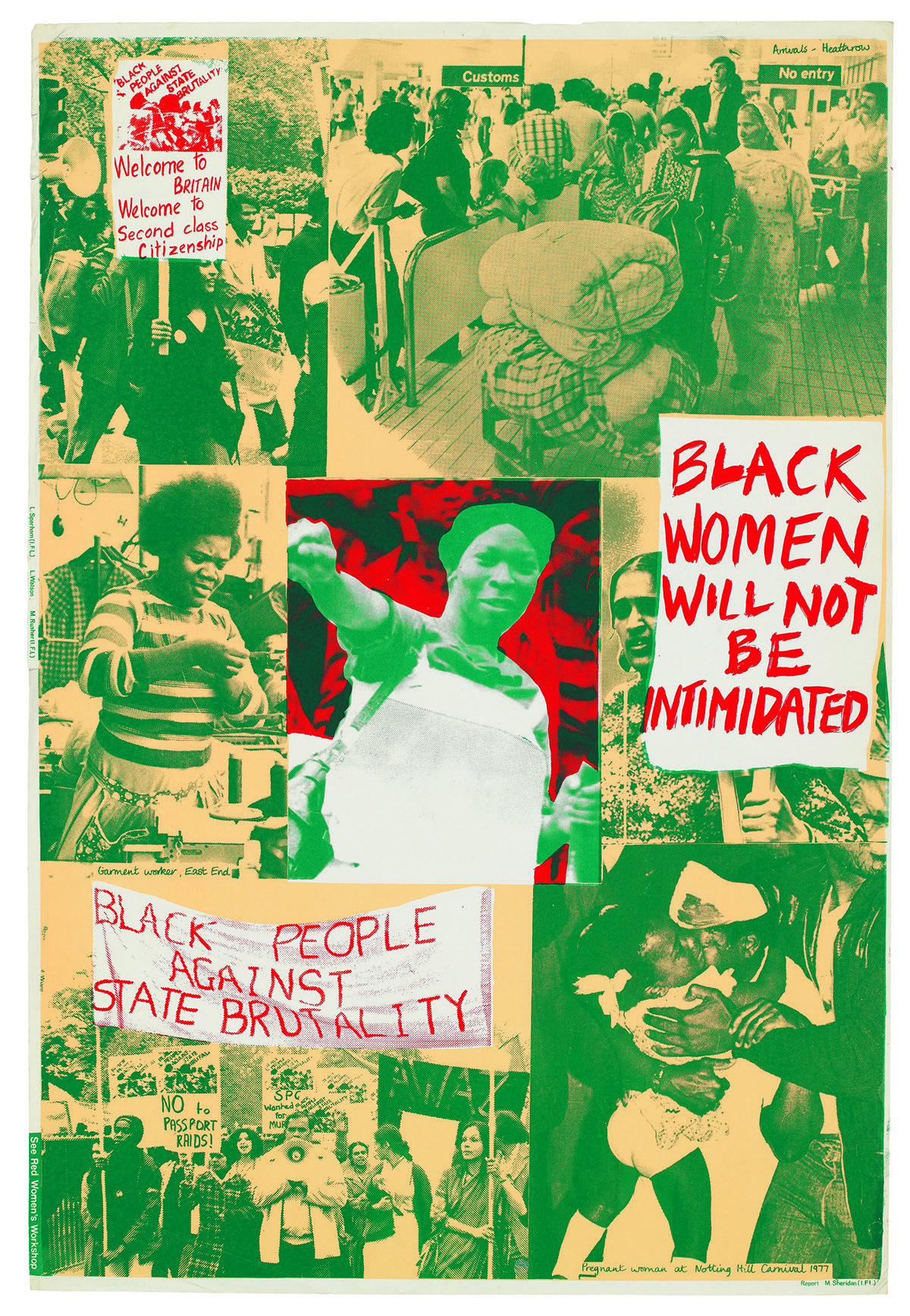
What is it that you hope viewers will ultimately take away from the book?
SRWW: We hope that viewers enjoy looking the posters and that they are inspired to take action around issues that they support and to protest those that they believe are wrong. We hope that they will work with others in groups and collectives to effect change, that they will make their views felt with visuals and posters (there were many wonderful handmade placards on recent demonstrations across the world), and that they will use new technology to design new materials and distribute, promote, and publicize events and coordinate actions.
Women, black people, LBGT people, differently-abled people, young people ARE making their voices heard across the world and we are all moved by younger activists saying the posters inspire them. Also delighted by the role "signs" and DIY media have been playing in recent protests as the circulation of homemade placards and posters, humorous images and inspirational words, are circulated and used to inspire action today.

To learn more about See Red Women's Workshop: Feminist Posters 1974-1990, visit Four Corners Books.
